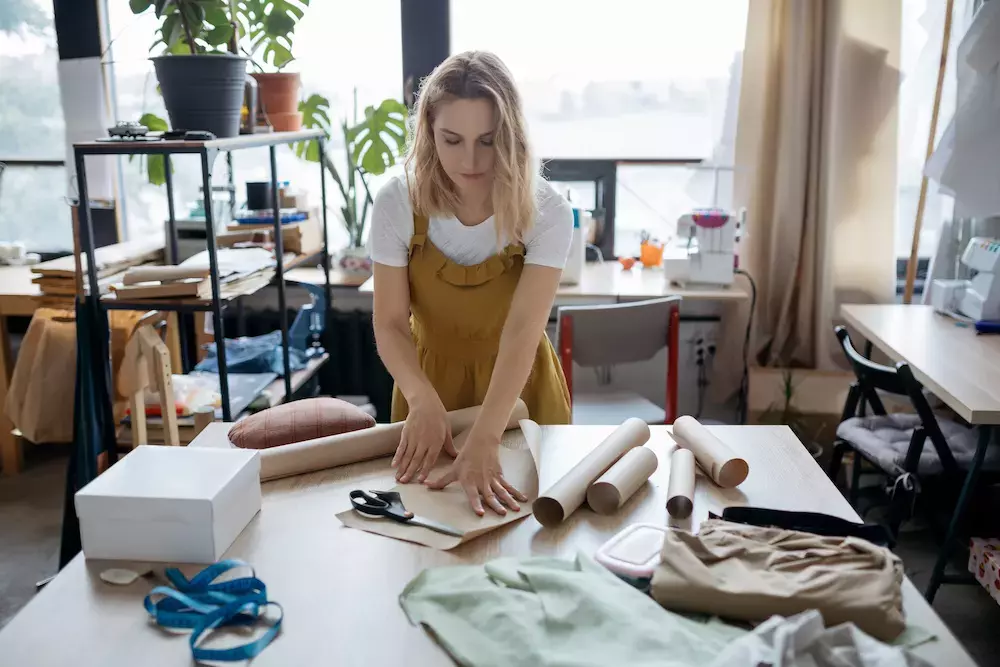Avoid These Common Sewing Mistakes
2022-09-06
Sewing machine projects are a fun way to get creative and make something useful. Plus, basic knowledge of how to use a sewing machine could come in handy if you need to make an emergency clothing repair or replace a piece of upholstery without a hefty price tag.
As you’re learning how to sew, there are a few common sewing machine mistakes that you should look out for and avoid before they occur.
Sewing Machine Errors to Avoid
Mistakes are part of the learning process, but if you’re already on the lookout for these errors, you’ll likely have an even smoother process than you thought and be an expert stitcher in no time.
Cutting Your Pattern Inaccurately
It’s important to make sure that your fabric is laid out completely flat before you pick up your scissors, no matter how big of a piece you’re cutting off. A clean floor is the best surface, but if you have to use a table, make sure that no part of the pattern is hanging off the edge, as this could warp the shape.
Using the Wrong Fabric for Your Project
Not all fabrics are created equal. Different fabrics require different types of thread and needles in order to create a stitch that will hold and not damage the fabric or look puckered. Make sure you’re not choosing your fabric for your project based on looks alone!
Not Paying Attention to Sewing Machine Tension
Advanced seamsters know how to manage the changing tensions of a sewing machine at work, and this knack does take some practice. However, not paying close attention to your sewing machine’s tension dial and bobbin throughout your project is a mistake that should be avoided.
Try practicing some stitches on a scrap piece of fabric to make sure you’ve got the tension right before you start your project.
Sewing Seams Wrong Side Up
If you sew your seams on the wrong side, you’ll end up with a finished product that puts your stitches on full display. Make sure the patterned sides of the fabrics you’re using are facing each other as you stitch so that your seams will be hidden once the project is turned right side out.
Inaccurately Measuring Buttonholes
It takes practice to master buttonholes. However, make sure that you’re measuring your buttonholes based on the actual buttons you’ll be sewing on so that the holes aren’t too big or too small.
Get More Inspiration
Looking for sewing machine inspiration? Check out all of our DIY ideas at Goldstar Tool.





